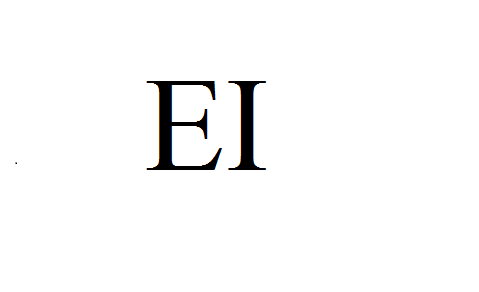Study claims that Ancient India was once a giant shell
Ancient Earth’s first outer layer was a single, solid shell that later folded and cracked to give rise to the continents and other land features prevalent today, a new study has found. Earth is a dynamic planet with an outer layer composed of giant plates that grind together, sliding past or dipping beneath one another, giving rise to earthquakes and volcanoes.
Others separate at undersea mountain ridges, where molten rock spreads out from the centres of major ocean basins. However, researchers suggest that this was not always the case. Shortly after Earth formed and began to cool, the planet’s first outer layer was a solid but deformable shell.
Later, this shell began to fold and crack more widely, giving rise to modern plate tectonics.
Rocks here are among the oldest known, ranging from 3.5 to about 2.5 billion years of age. The researchers specifically selected granites with a chemical composition usually associated with volcanic arcs – a telltale sign of plate tectonic activity. They also looked at basalt rocks from the associated Coucal formation. Basalt is the rock produced when volcanoes erupt, but it also forms the ocean floor, as molten basalt erupts at spreading ridges in the centre of ocean basins.

Be the first to comment on "Study claims that Ancient India was once a giant shell"